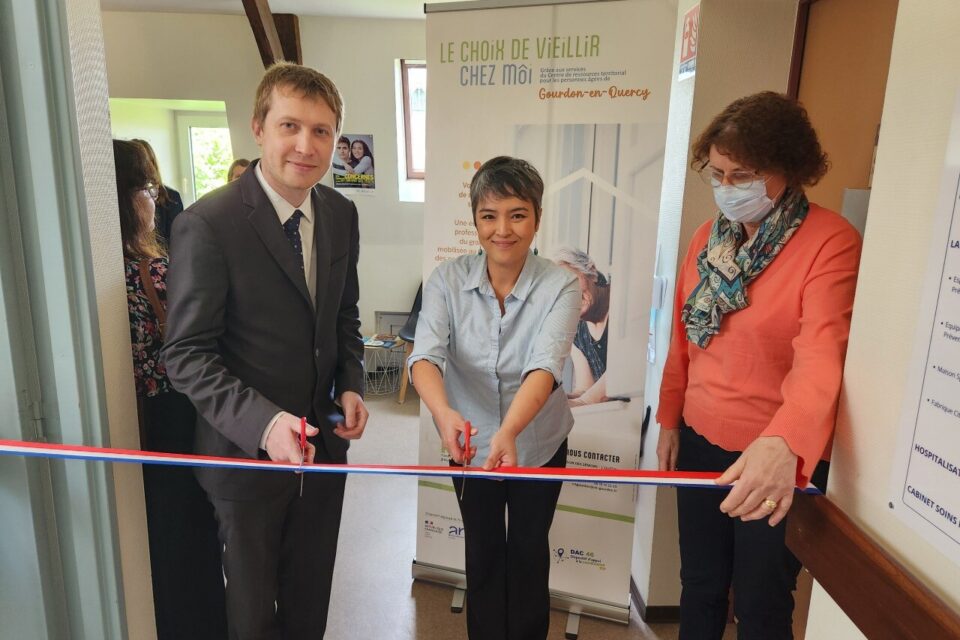Regular physical activity does not guarantee that all the changes in your health due to ageing will disappear. On the other hand, it is essential to maintaining good health throughout life. Doing sport regularly helps to limit and slow down the loss of physical capacities, even to the point of postponing the risk of a person becoming dependent in later life by 10 to 12 years. Even if you start doing it later in life, it still ensures that you have a greater chance of growing old in good health and thus preserving your independence for as long as possible.
Une activité physique pour repousser la dépendance
Older people sometimes prefer to avoid sporting activities for fear of causing incidents that could aggravate their state of health, such as the risk of falling, or aggravate their state of fatigue. But as surprising as it may seem, it’s good to know that sport and age go hand in hand. However, it is strongly advised to choose a sporting activity that suits your physical condition and to practice it regularly.
For people aged 50-65, 30 to 45 minutes of physical activity, done at least 3 times a week, reduces the likelihood of developing functional difficulties by 30% over the following decade. Interventional studies conducted with sedentary seniors confirmed that regular physical activity for a few months significantly improved their functional performance such as walking speed, mobility and balance. This proves that sport is an effective means of preserving independence in daily activities. Even if the person in question is already considered to be frail, physical activity still allows them to observe an improvement in functional performance over time following a regular exercise programme.
Any opportunity to move is a good one. Whether it’s activities that are part of daily life such as walking, cleaning, gardening or shopping. Any physical activity, whether short or low-intensity, such as climbing two flights of stairs or walking for 15 minutes, is already beneficial. Finally, experts recommend starting physical exercise as early as possible to ensure that you have a sufficient functional reserve in old age, which you will then need to continue to build on.
Recommended physical activities for pensioners
It is entirely possible for older people to achieve the 150 minutes of weekly physical activity recommended by the World Health Organisation. It is most often a question of organisation, and it is strongly advised to devote 30 minutes to moderate-intensity physical activity 5 times a week. The most important thing is to listen to your body; the practice should not be intense and irrational. Keep in mind that in order to « age well », it would be unwise to push your limits, as the primary objective is to be in good shape.
As you get older, it is essential to choose your sports exercises carefully. The simplest and most suitable activity for pensioners is walking. This is something that older people can do on a daily basis, for example by organising walks with small children or by walking rather than taking transport. As we get older, we lose our balance, which we need to work on by practising simple exercises such as walking up and down steps slowly.
Finally, it is increasingly advisable to incorporate group workouts into your training programmes. These kinds of programmes provide a stimulating social environment that will help combat loneliness. In addition to fostering social ties, belonging to a club offers the opportunity to benefit from the guidance of a health professional and is a source of motivation.
Technology at the service of ageing well
 New, innovative and promising technologies are becoming more and more widespread. Exercise equipment is provided to promote movement and postural control. In this context, we can mention the KINÉ-SIM, a real innovation for the Smart Care market. This balance and motor skills exercise device incorporates entertainment technology and is specially designed for the rehabilitation and maintenance of frail or elderly people’s functional independence.
New, innovative and promising technologies are becoming more and more widespread. Exercise equipment is provided to promote movement and postural control. In this context, we can mention the KINÉ-SIM, a real innovation for the Smart Care market. This balance and motor skills exercise device incorporates entertainment technology and is specially designed for the rehabilitation and maintenance of frail or elderly people’s functional independence.
In a fun, interactive way, it offers the possibility of doing physical exercises that are linked to a video of day-to-day activities. Several scenarios are possible such as boarding a gondola in Venice, or walking through snow. The KINE-SIM also offers interactive activities via video games to work on balance and posture. In addition to its ability to provide motivation to do physical activity, it can support medical diagnoses and measure the user’s development.
Keep in mind that any opportunity to move is a good one! People who spend some of their time being physically active develop a better perception of their mental and physical health.



